Framing Effect: Shaping Customers Views
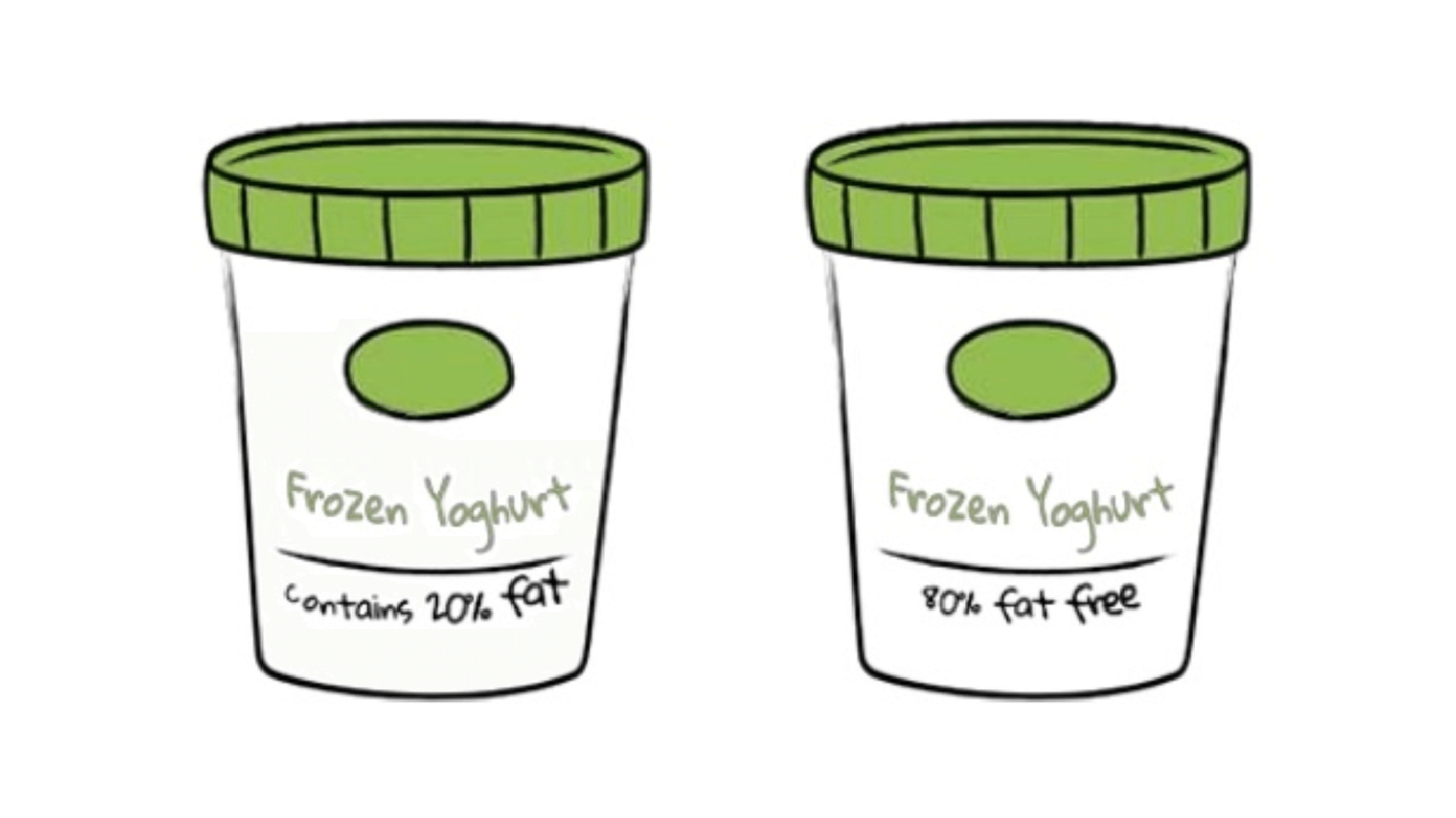
The framing effect plays a powerful role in shaping how consumers perceive value, make decisions, and form opinions about a product or service.
The framing effect refers to how the presentation or “framing” of information can influence decision-making and perception. Customers may respond differently to the presentation of a message or product, even when the facts remain the same. In marketing, brands often use framing to guide customers toward a desired action or choice.
Brands Exhibiting the Framing Effect
Price Framing
To shape how customers see an offer, brands often use price framing.
- Amazon
As a marketing tactic, Amazon shows customers the “discounted price” next to the “original price” to give the impression that they are saving money. Even though a product’s “discount” from Rs 100 to Rs 70 may still represent a reasonable market price, it inflates the perception of savings.
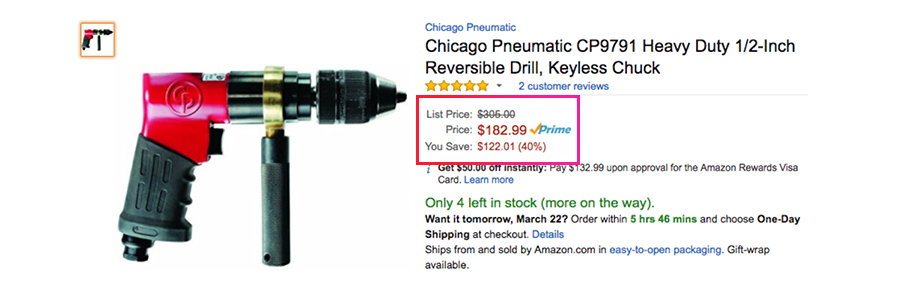
- Flipkart’s Big Billion Day
Deals with steep discounts are commonplace during Flipkart’s Big Billion Day sale. Listing a smartphone with a “70% off” label instead of its “original price” garners more attention. It encourages impulsive purchases by making the sale appear to be a deal.
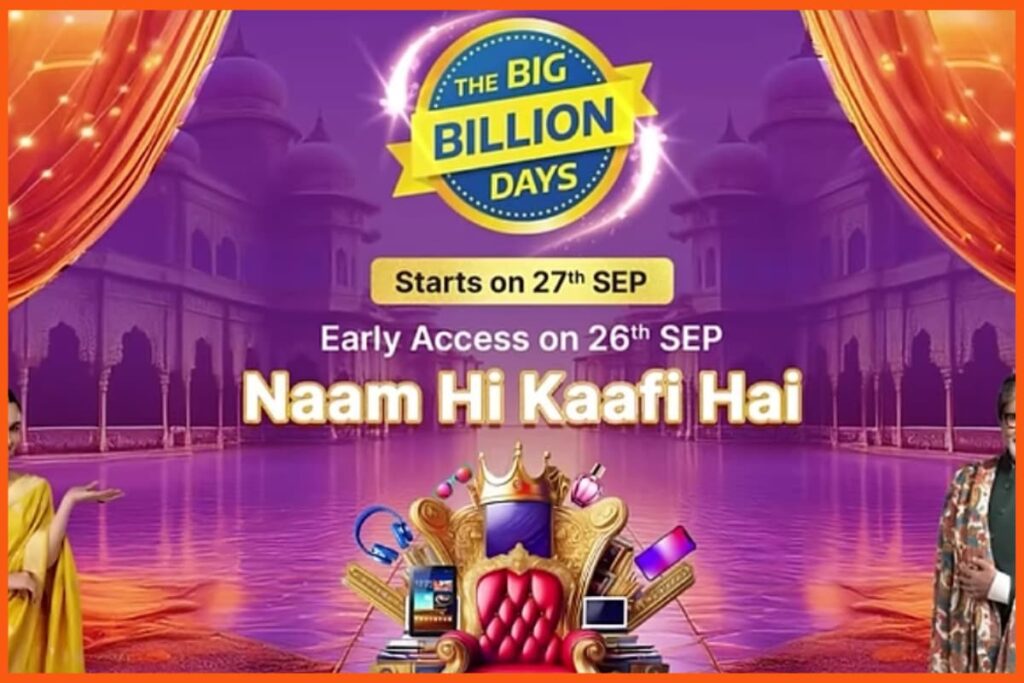
Positive vs. Negative Framing
By portraying the same object or feature in a positive or negative light, you may get various reactions.
- “Share a Coke” campaign by Coca-Cola.
Coca-Cola’s “Share a Coke” campaign, which positively framed the message, encouraged consumers to “share a bottle” with someone whose name appeared on it. Coca-Cola reframed their product as a symbol of happiness and connection rather than sugar content or health concerns, which resulted in a spike in sales.
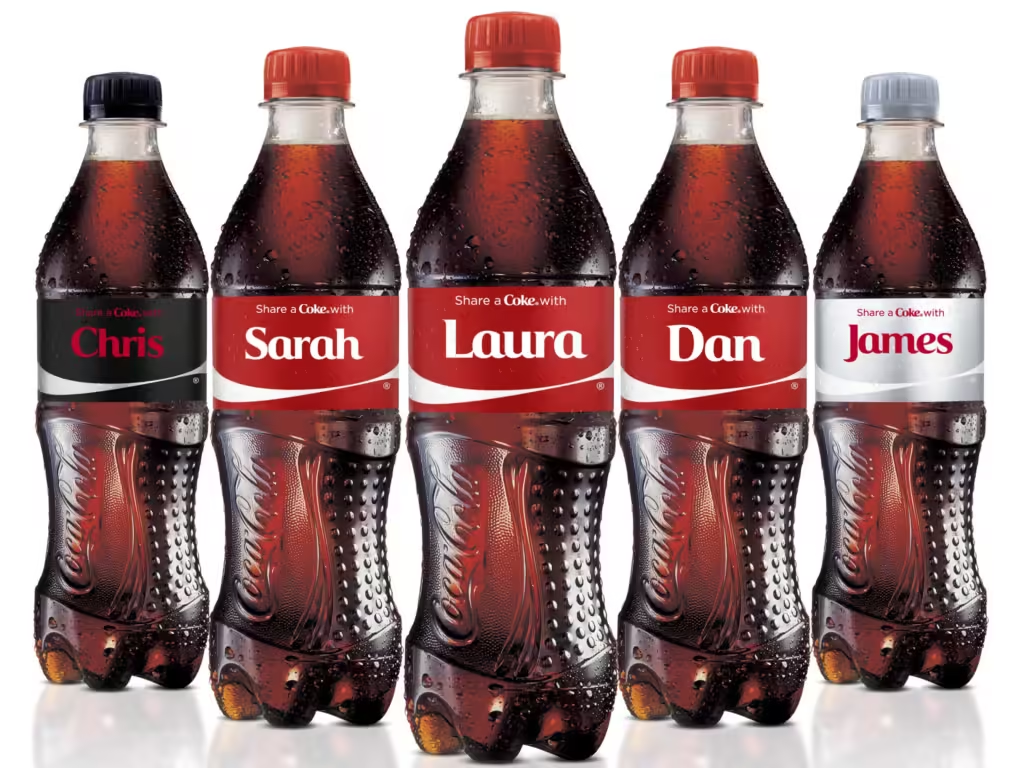
- Dabur Chyawanprash
Dabur Chyawanprash’s usual framing is “protecting your family from illness” rather than “use this to avoid getting sick.” The first portrays the product as a safe and protective choice, while the second emphasizes the danger. This positive framing empowers customers instead of instilling fear.

Loss Aversion Framing
A theory known as loss aversion states that people would rather not lose money than earn the same amount. Companies employ this bias in the way they structure their communications.
- Dropbox
Dropbox often uses phrases such as “Don’t lose your files!” when promoting its free plan. Upgrade to 1 TB of space.” Instead of the more obvious “Gain 1 TB of space,” it appeals to consumers’ loss aversion by suggesting that they pay for the service to circumvent a possible issue.
- OYO Rooms
Framing their messages with “Last few rooms left!” or “Prices may go up soon” helps OYO generate a sense of urgency when it comes to booking. The emphasis here is on the customer’s possible loss (not taking advantage of the bargain) rather than their possible gain, which is sure to get them moving fast.
Nutrition and Health Framing
When marketing their products, many food and health-related brands focus on the positive or negative outcomes that consumers may expect.
- Subway
According to Subway’s “Eat Fresh” slogan, its sandwiches are better for you than the typical fast-food options. Subway markets its food as a guilt-free choice by highlighting “freshness” and “health,” even if it sometimes has more calorie content than competing choices.
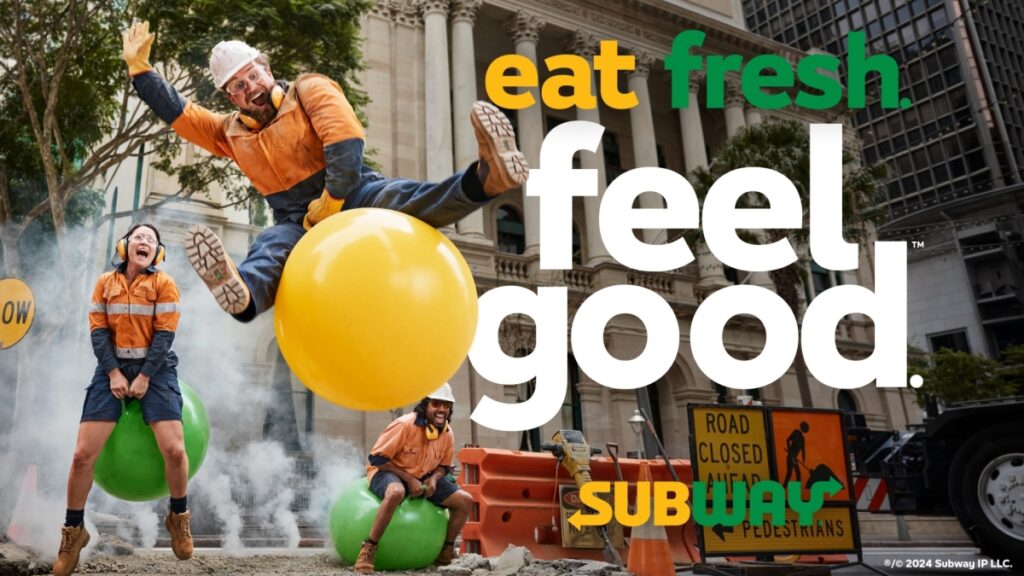
- Amul Butter
The slogan “Utterly Butterly Delicious” promotes Amul butter as an integral component of Indian life, giving the impression that it is healthy. Amul uses sentimentality and indulgence to reframe butter as a “necessary treat” rather than a health risk, avoiding discussions about fats and cholesterol.
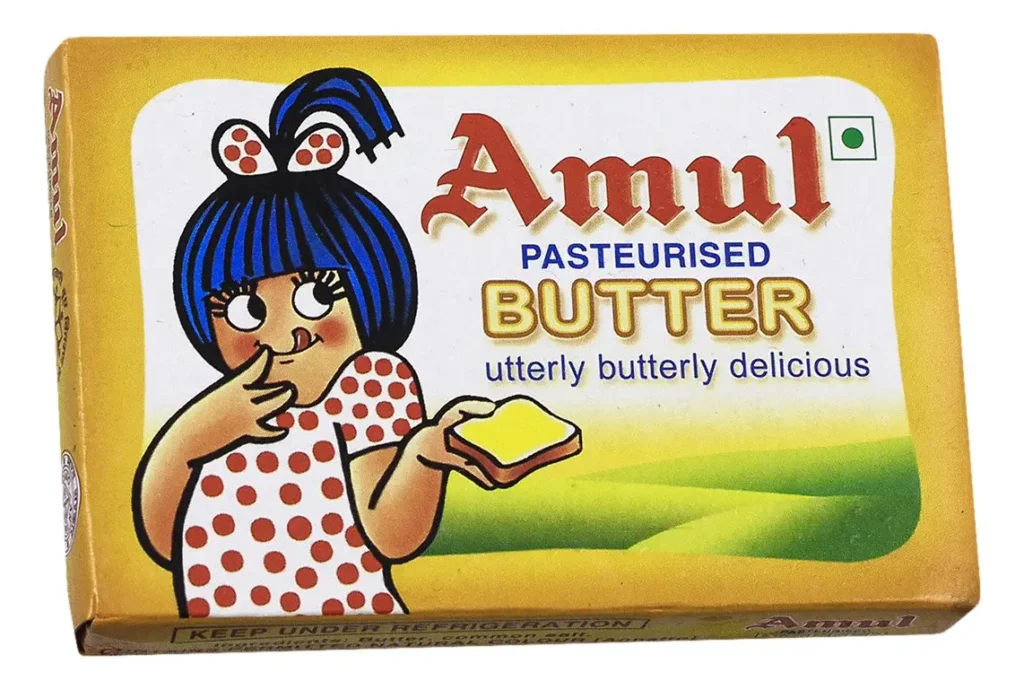
Anchoring and Contrast Framing
Anchoring occurs when decision-makers use the first data point as a benchmark for subsequent decisions. Brands use this to provide premium or budget choices to influence consumer actions.
- Apple iPhones
Apple usually offers many variants of the iPhone with each new model, such as “Pro” and “Pro Max.” At the top of the list is the most expensive and feature-rich model. Because of this, consumers associate a higher price point with the product, which makes the cheaper versions seem more appealing.
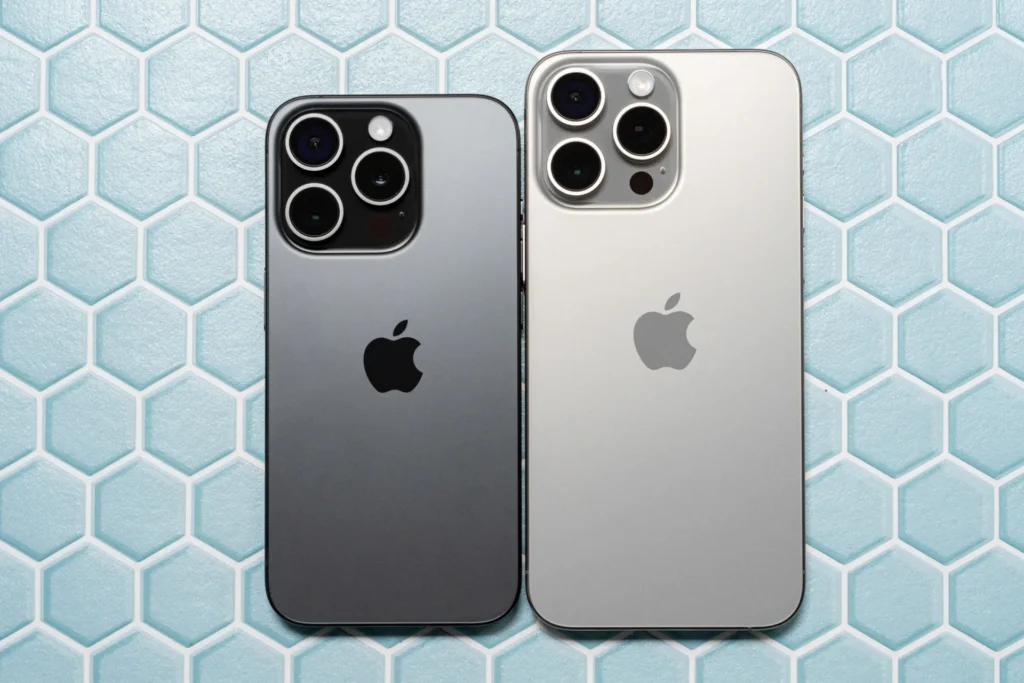
- Titan Watches
Titan markets its Nebula line of high-end watches as a selection of quality watches. This helps consumers associate high pricing with the brand, which in turn makes their other lines, such as Sonata or Fastrack, seem more reasonable and attracts a wider audience.
Conclusion
The framing effect significantly impacts consumers’ perception of value, decision-making, and opinion-forming. Framing is an essential component of marketing tactics, and brands all over the world use it to influence customer behaviour. Framing could be about price, loss aversion, or a positive message, among other things.

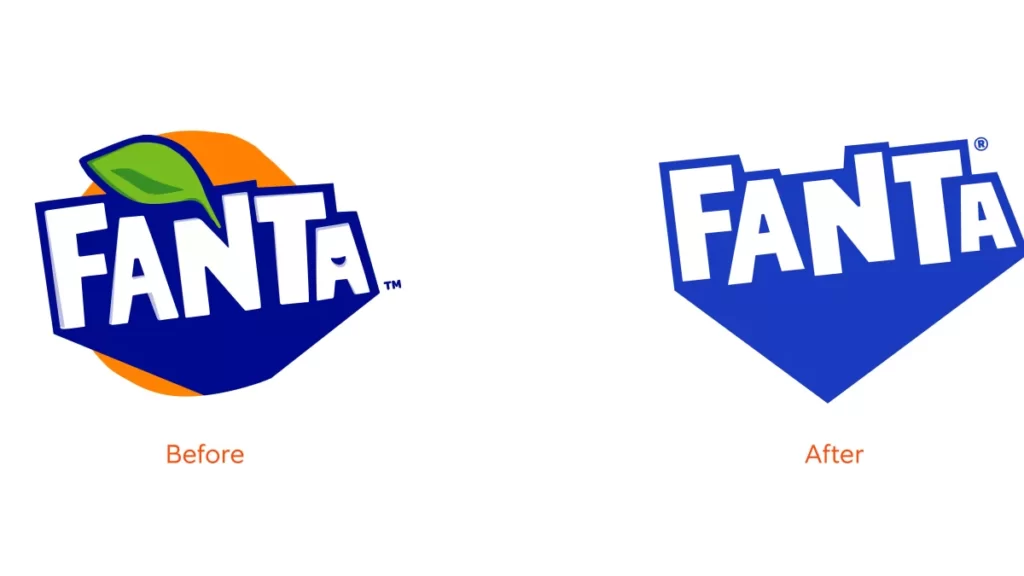
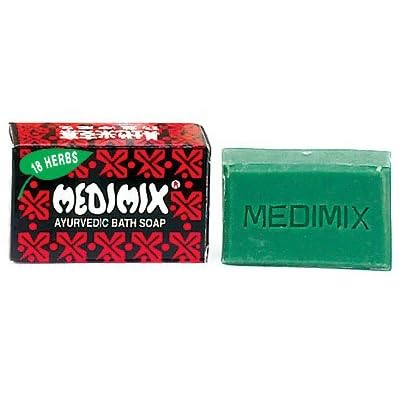

1 Comment